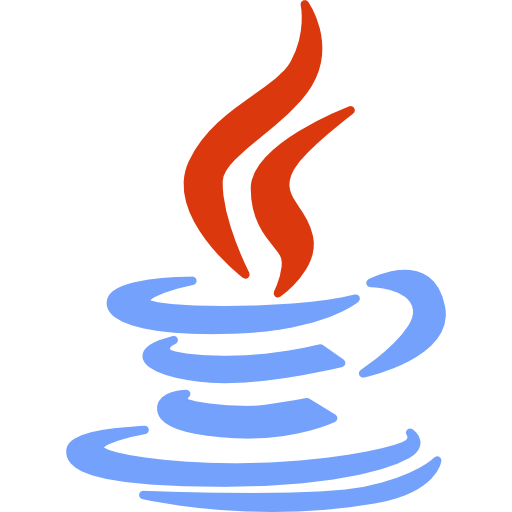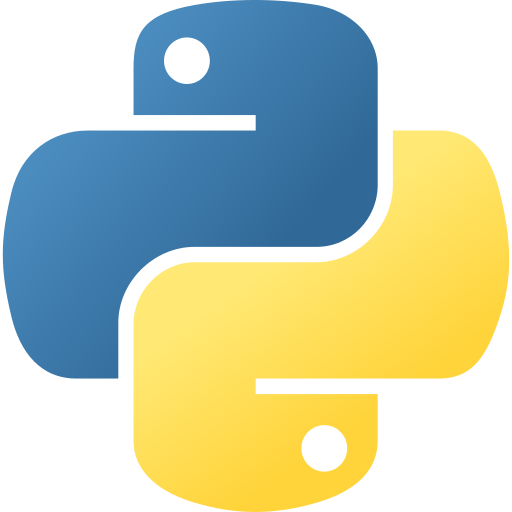Learn Java & Python Basics
Master the fundamentals of two powerful programming languages through interactive lessons
Learning Path
 Java Fundamentals
Java Fundamentals
-
1
Variables & Data Types
Learn primitive types, declarations, and type casting
-
2
Control Structures
Master if-else, switch, loops (for, while, do-while)
-
3
Methods & Classes
Understand OOP concepts, constructors, and methods
-
4
Arrays & Collections
Work with arrays, ArrayLists, and basic data structures
 Python Fundamentals
Python Fundamentals
-
1
Variables & Data Types
Learn dynamic typing, numbers, strings, and lists
-
2
Control Flow
Master if-elif-else, loops (for, while), and range()
-
3
Functions
Define functions, parameters, return values, and scope
-
4
Lists & Dictionaries
Work with sequences, list comprehensions, and dictionaries
Lesson 1: Variables & Data Types
Java Variables
Java is statically typed, meaning you must declare the variable type before using it.
Primitive types include int, double,
boolean, and char.
// Variable declaration and initialization
int age = 25;
double price = 19.99;
boolean isJavaFun = true;
char grade = 'A';
// Constants (cannot be changed)
final double PI = 3.14159;Python Variables
Python is dynamically typed - you don't need to declare variable types.
Common types include int, float,
bool, str, and list.
# Variable assignment
age = 25
price = 19.99
is_python_fun = True
grade = 'A'
# Constants (by convention, not enforced)
PI = 3.14159Key Differences
- Type Declaration: Java requires explicit type declaration, Python infers types
- Constants: Java has
finalkeyword, Python uses naming conventions (UPPER_CASE) - Strings: Java uses double quotes, Python can use single or double quotes
- Boolean Values: Java uses
true/false, Python usesTrue/False
Interactive Exercise
Fix the variable declarations in this Java code. There are 3 errors to correct.
public class Main {
public static void main(String[] args) {
// Fix these variable declarations
int count = "10";
double average = 3.5
boolean isCorrect = "true";
char initial = A;
System.out.println("Count: " + count);
}
}
Lesson 2: Control Structures
Java Control Structures
Java uses traditional C-style control structures with curly braces {}.
// If-else statement
int score = 85;
if (score >= 90) {
System.out.println("A");
} else if (score >= 80) {
System.out.println("B");
} else {
System.out.println("C");
}
// For loop
for (int i = 0; i < 5; i++) {
System.out.println(i);
}
// While loop
int count = 0;
while (count < 3) {
System.out.println(count);
count++;
}Python Control Structures
Python uses indentation (whitespace) to define code blocks instead of curly braces.
# If-elif-else statement
score = 85
if score >= 90:
print("A")
elif score >= 80:
print("B")
else:
print("C")
# For loop (often used with range())
for i in range(5):
print(i)
# While loop
count = 0
while count < 3:
print(count)
count += 1Control Structures Challenge
Write a Java program that prints numbers from 1 to 100. For multiples of 3 print "Fizz", for multiples of 5 print "Buzz", and for multiples of both print "FizzBuzz".
public class FizzBuzz {
public static void main(String[] args) {
// Your code here
}
}
Additional Practice Exercises
Calculator Program
Create a simple calculator that can add, subtract, multiply, and divide two numbers.
Number Guessing Game
Program generates a random number and user tries to guess it with hints.
Student Gradebook
Store student names and grades, then calculate averages and find highest/lowest.